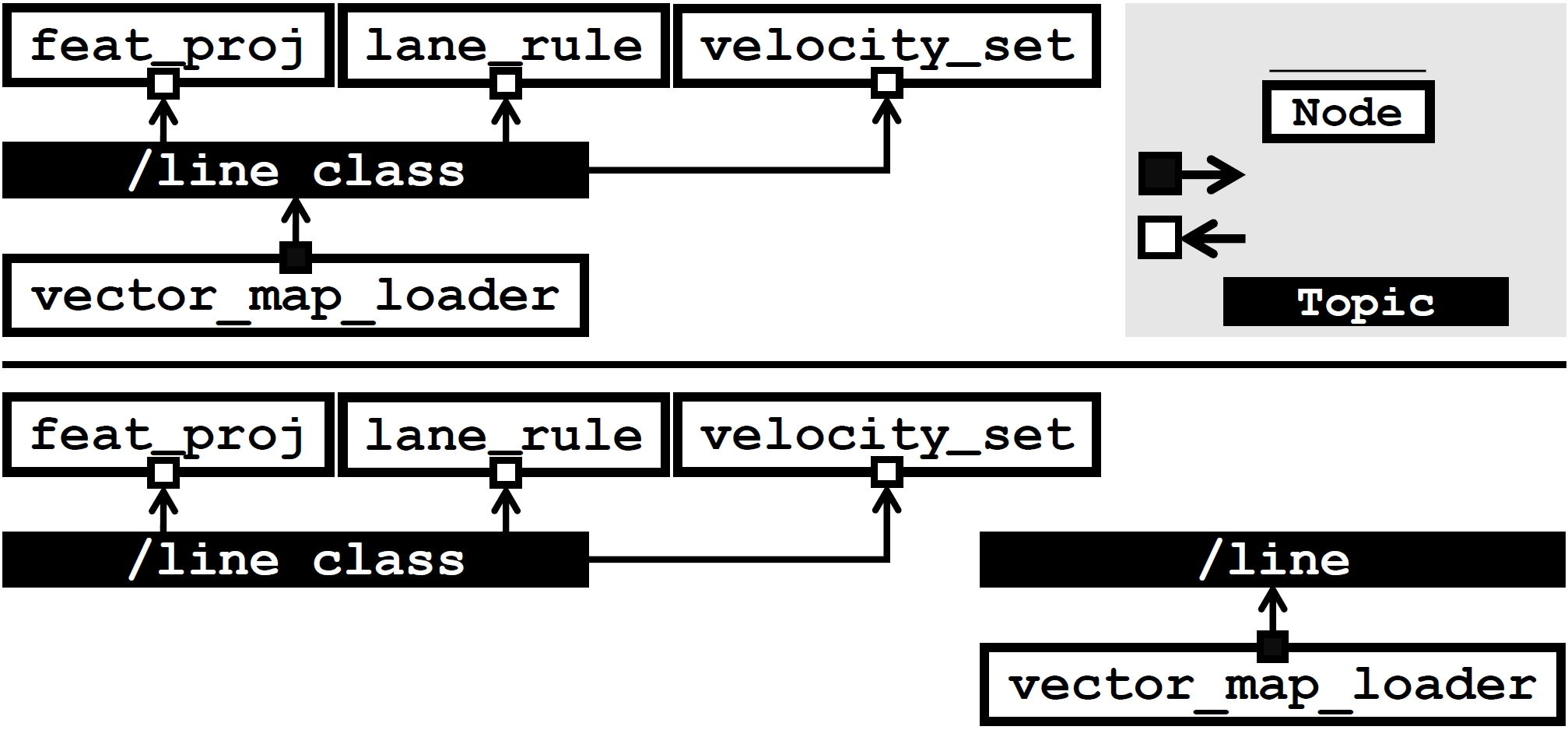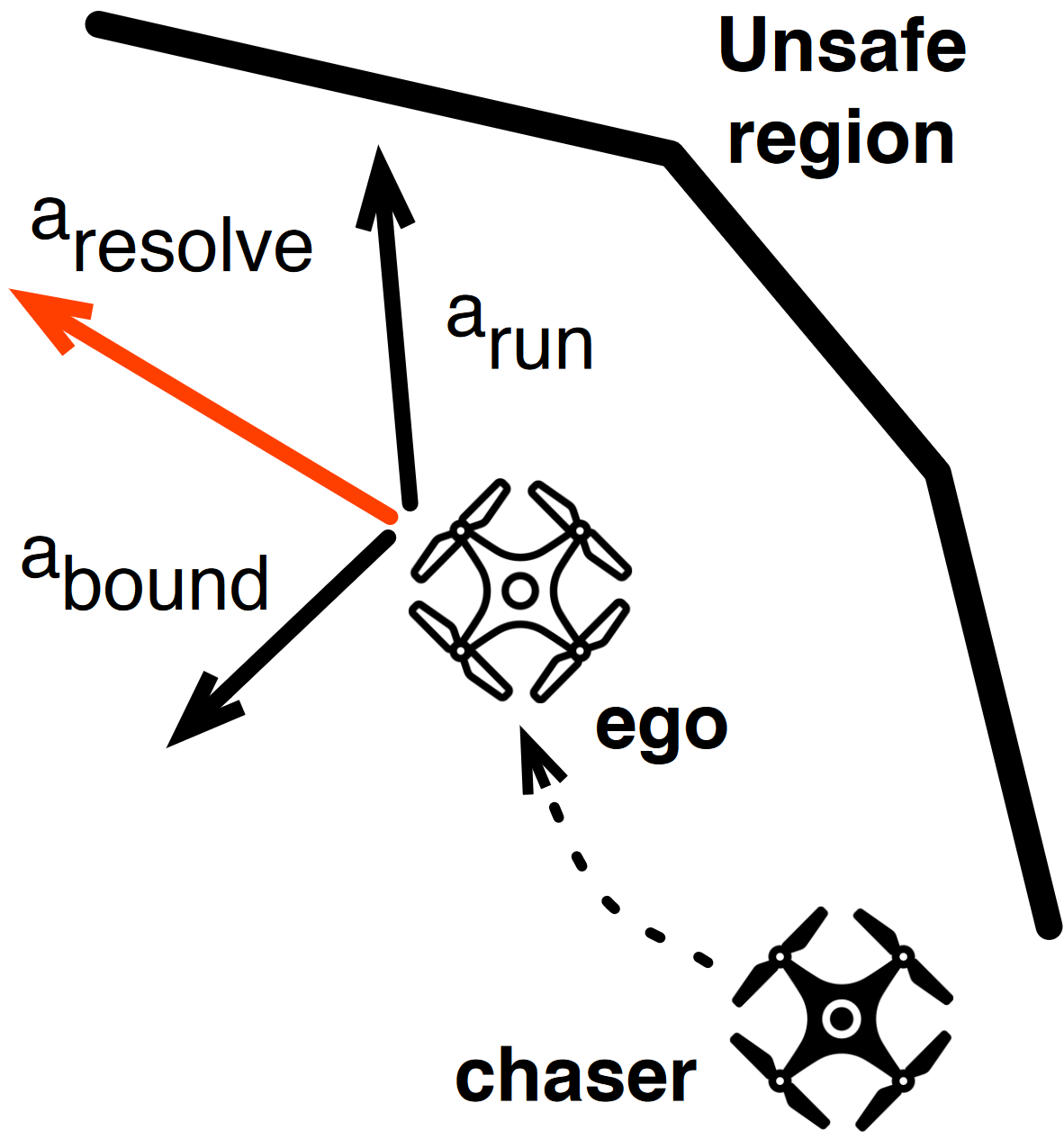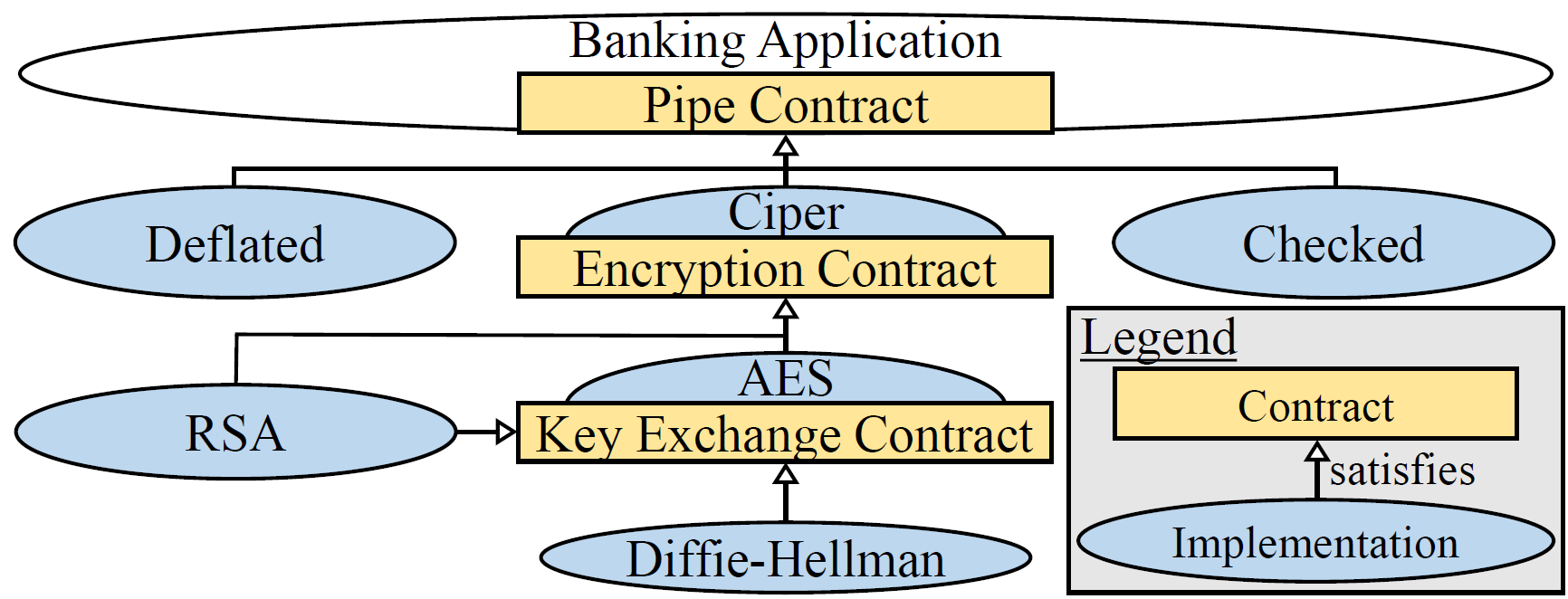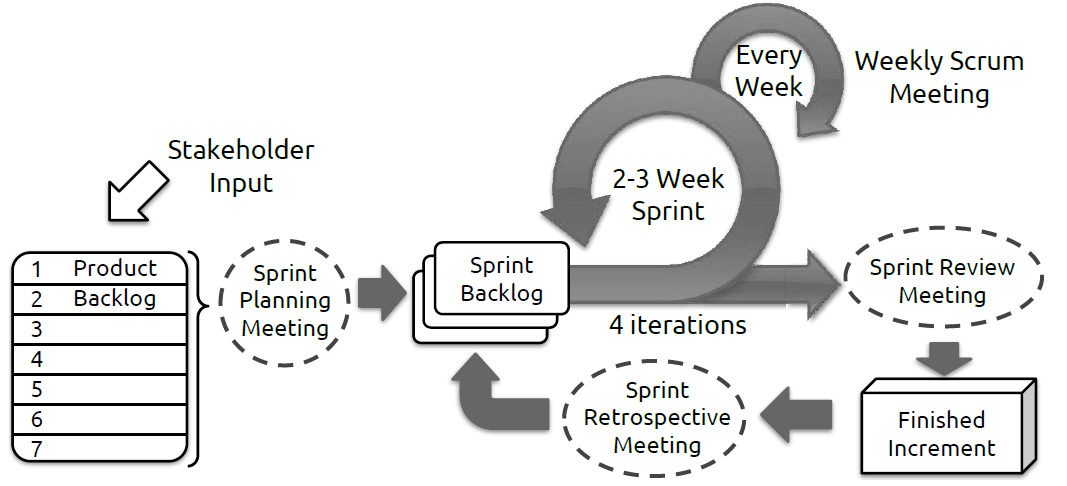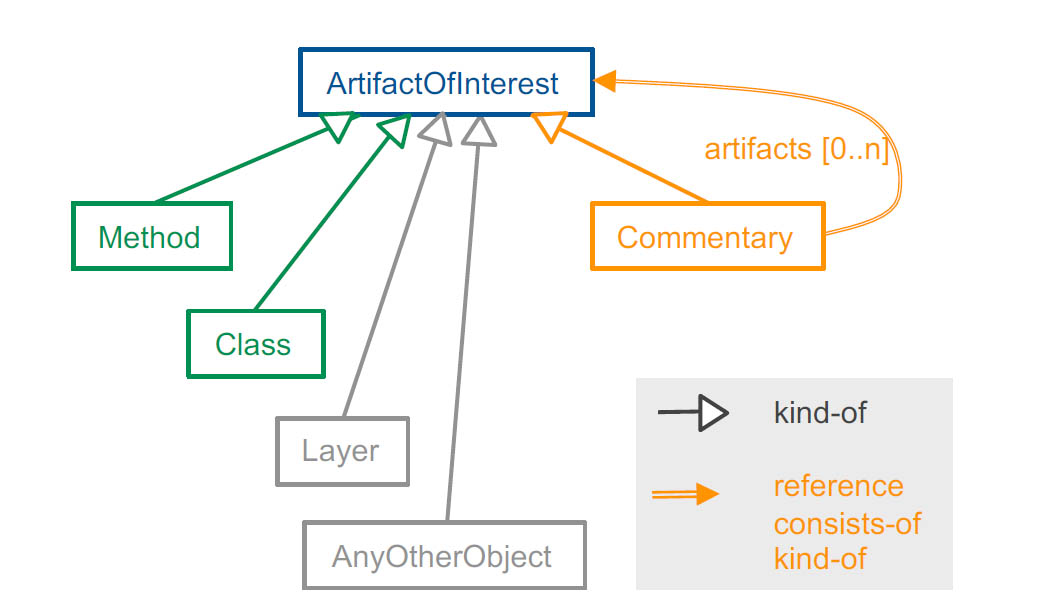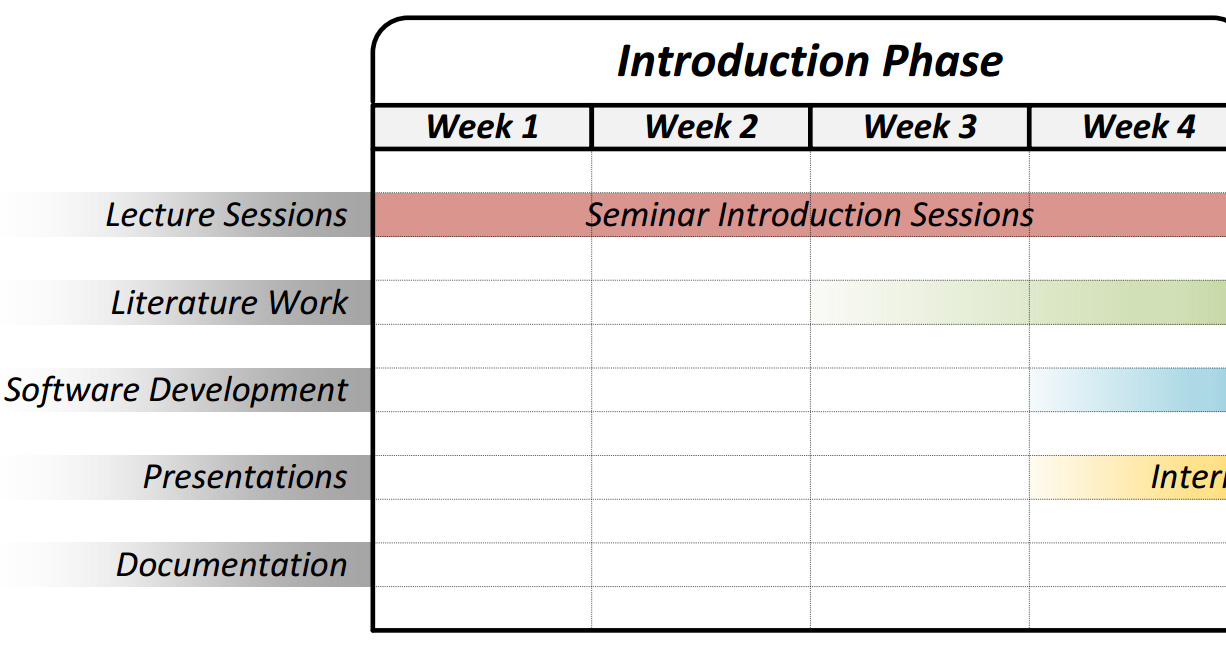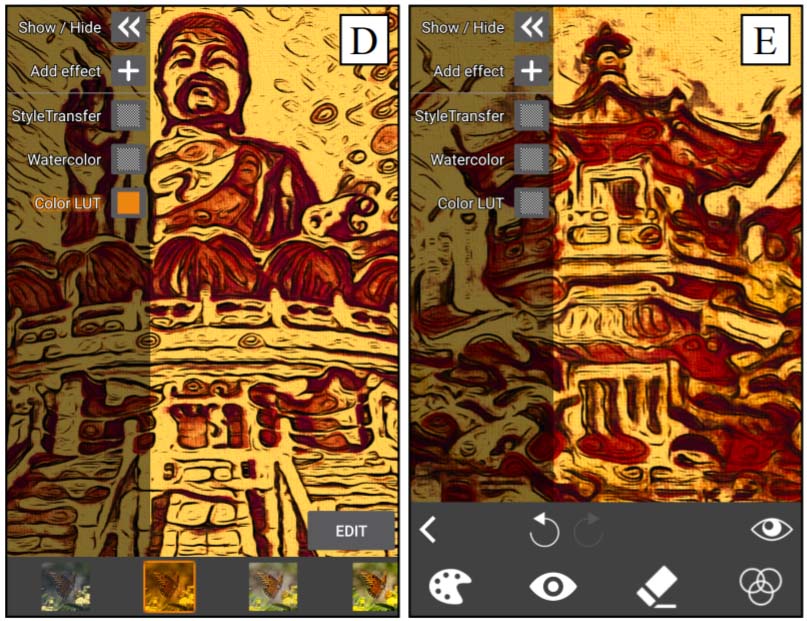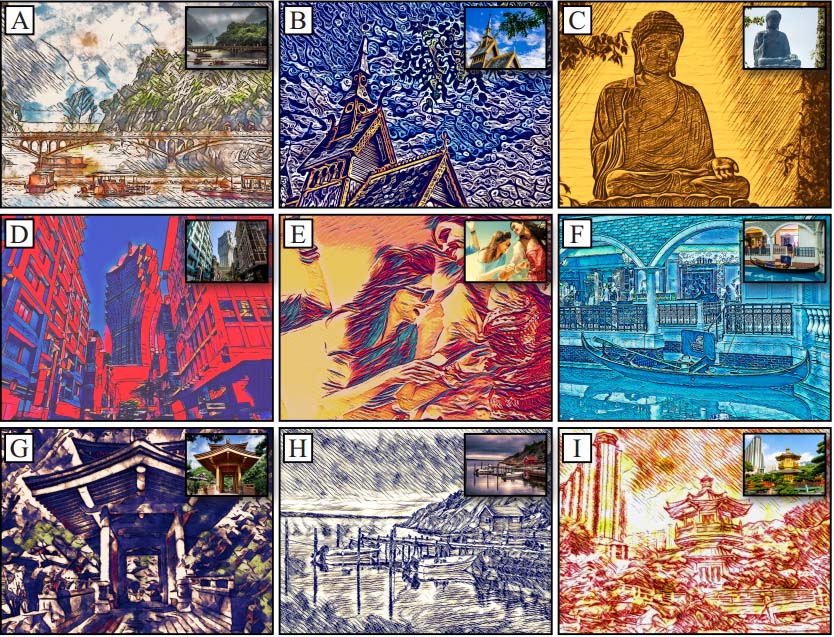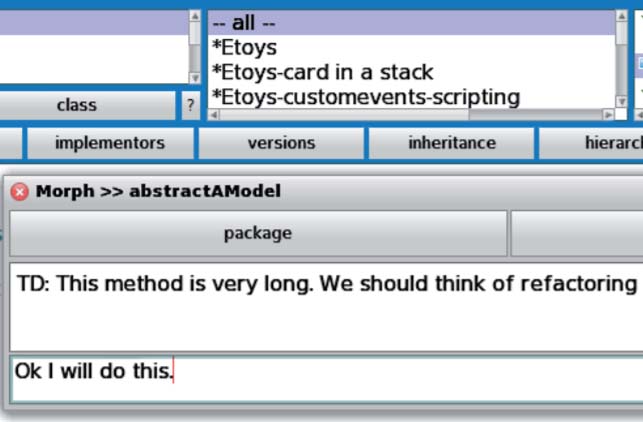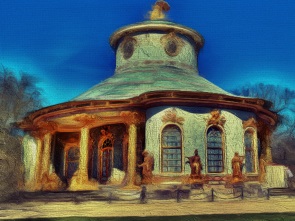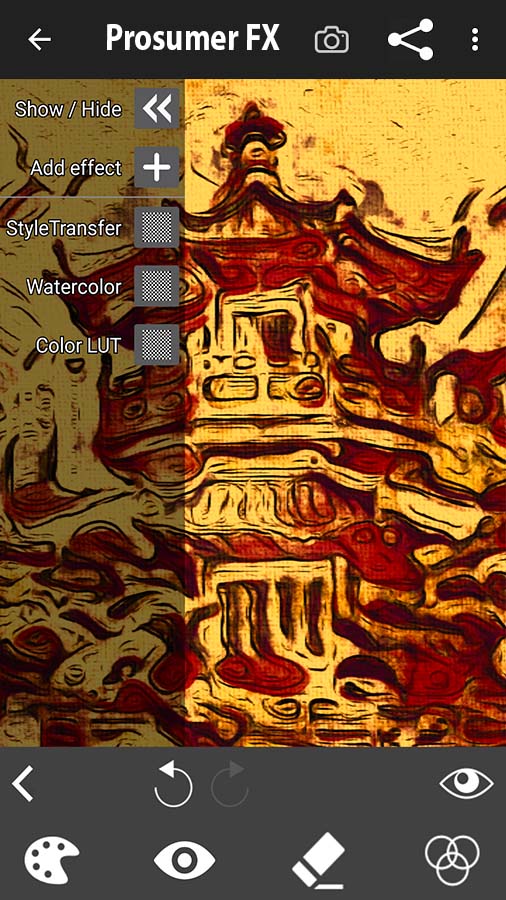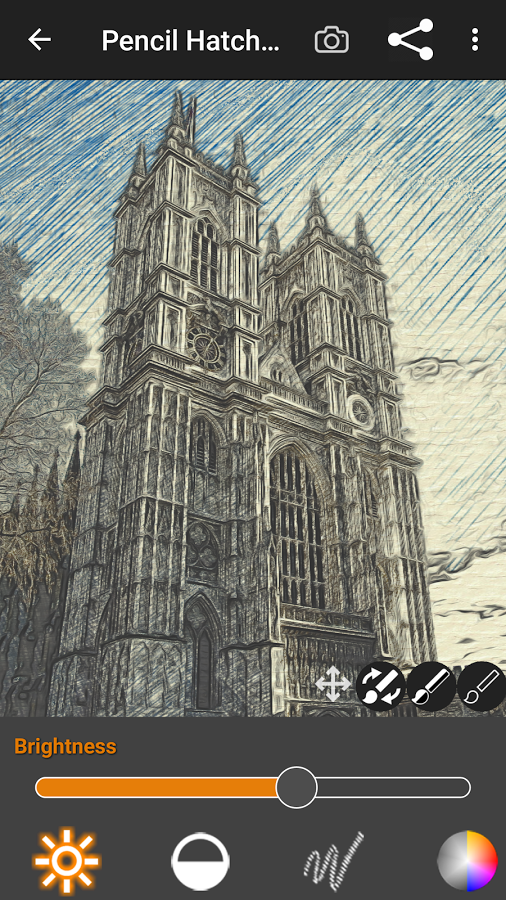
Tobias Dürschmid
How to spell my name?The umlaut ü in my last name Dürschmid is significant for the pronunciation and the spelling.
The valid ASCII spelling is Tobias Duerschmid, not Tobias Durschmid.
To correctly typeset my name in LaTeX or BibTeX please use D{\"u}rschmid or use UTF-8 encoding.
I am an Assistant Teaching Professor in Computer Science at UCLA. I am mainly interested in teaching how to systematically design, construct, and evaluate complex software systems. I usually teach CS 35 Software Construction, CS 130 Sofware Engineering, and CS 131 Programming Languagues.
I received my PhD in Software Engineering from Carnegie Mellon University’s School of Computer Science. I was fortunate to be co-advised by Claire Le Goues and David Garlan. I earned my Bachelor of Science in IT-Systems Engineering from Hasso Plattner Institute / University of Postdam, Germany.
My research interests include software engineering, computer science education, and pedagogy. I do not currently accept PhD students.

